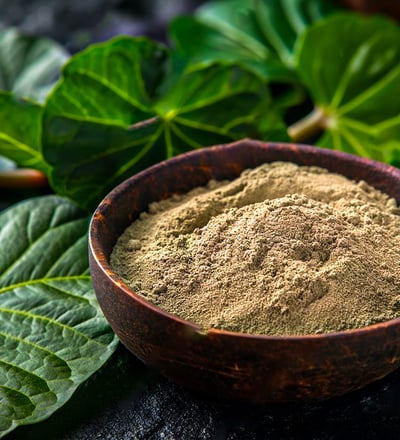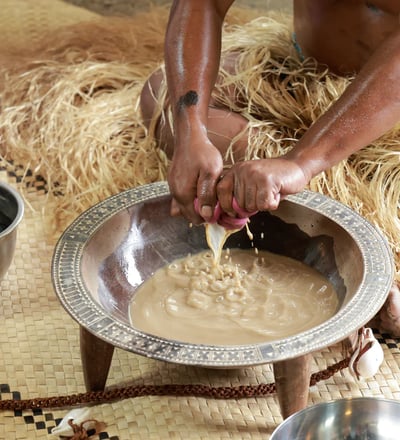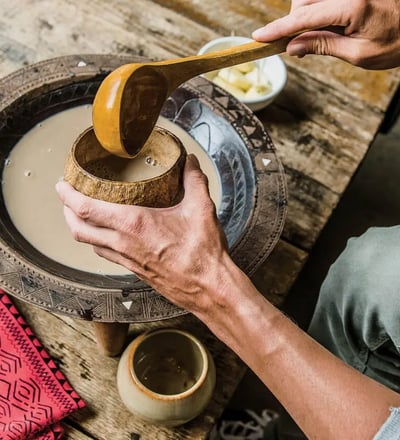
What Is Kava?
Kava, also known as kava-kava, is a traditional herbal remedy made from the root of Piper methysticum, a plant native to the western Pacific Islands. The name “kava” is derived from the Polynesian word awa, meaning “intoxicating pepper.” For centuries, native island cultures have used kava in both natural medicine and ceremonial practices, drawn to its calming and mood-supporting effects. Usually prepared as a beverage or liquid extract, kava is non-alcoholic and cherished for its ability to promote relaxation and ease tension. As interest in herbal and plant-based wellness continues to rise, kava has gained popularity as a gentle, time-honored option for enhancing well-being in modern lifestyles.
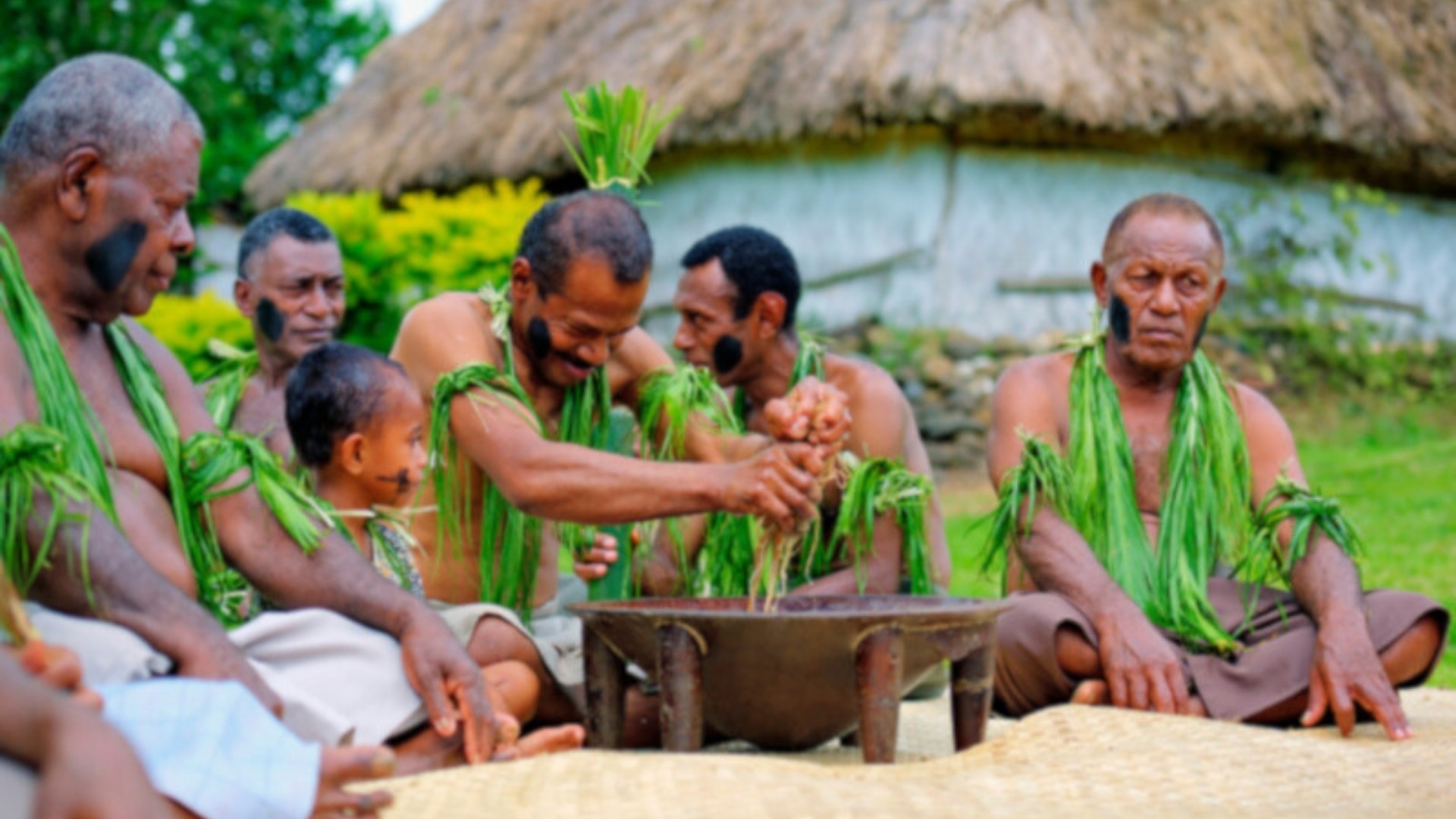
Culture
Historical Tradition
Kava has deep roots in the South Pacific, where it’s been cultivated and consumed for over 3,000 years. Originating likely in Vanuatu or nearby islands, it spread throughout Polynesia, Micronesia, and Melanesia, becoming a cornerstone of cultural and spiritual life.
This ceremonial drink is shared in communal gatherings—called kava circles—to promote connection, storytelling, and social harmony. These rituals are especially prominent in places like Fiji, Tonga, and Samoa, where kava is offered to guests as a sign of respect and used in events ranging from political meetings to weddings and funerals.
Beyond its ceremonial role, kava has long been valued for its calming properties and was used by indigenous healers to ease tension and support rest. In modern times, its cultural legacy lives on in both traditional settings and contemporary kava bars, where people gather to unwind and connect in a relaxed, communal atmosphere.
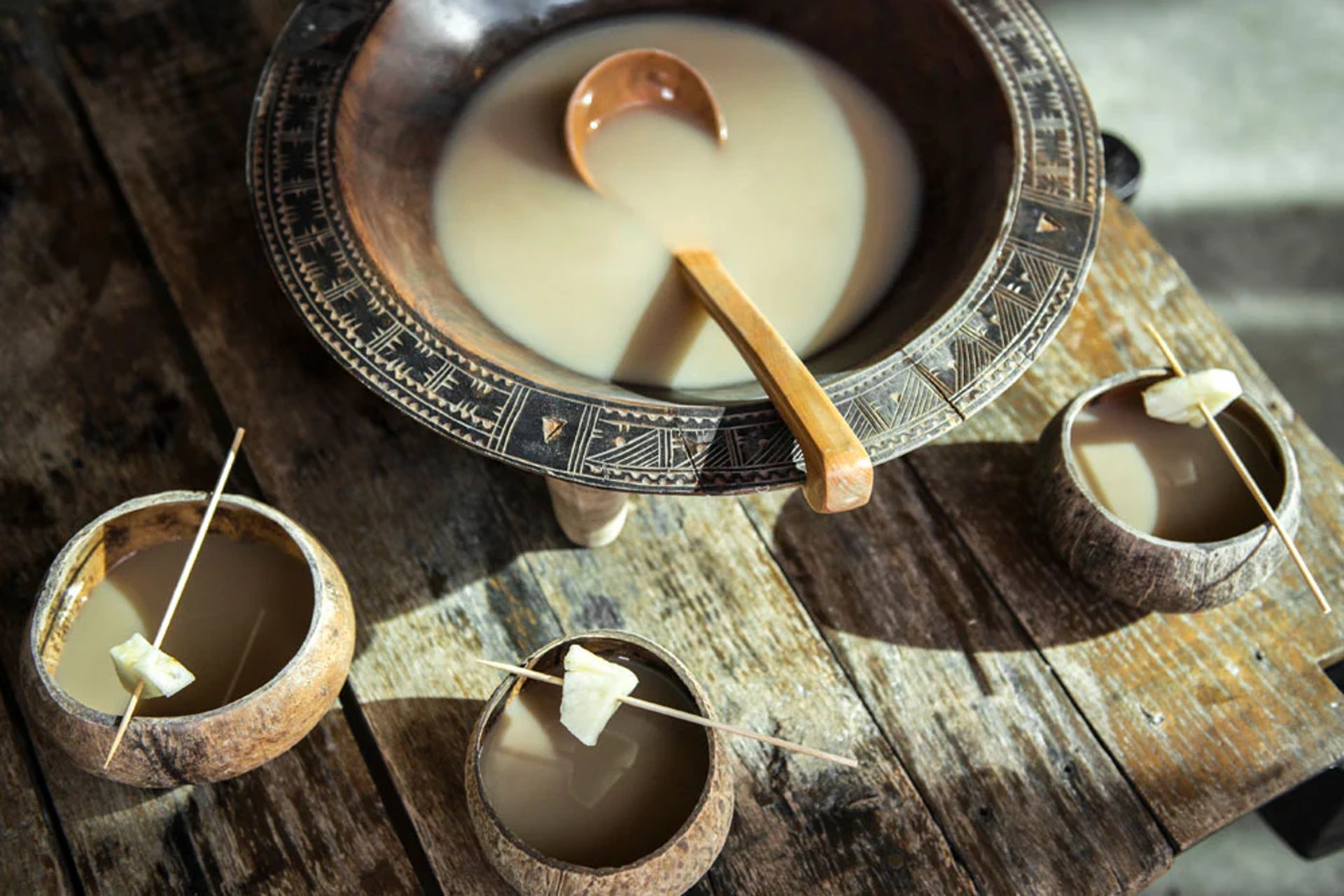
How It's Made
Kava is prepared by first harvesting and drying the root of the Piper methysticum plant. Once dried, the root is ground into a coarse powder, which is then placed into a straining cloth or mesh bag. This bag is submerged in a bowl of cold or room-temperature water and kneaded thoroughly by hand for several minutes. The kneading process helps release the root’s active compounds into the water, creating a thick, earthy liquid. After straining out the fibrous material, the resulting beverage is ready to be served—typically in small cups and often in a communal or ceremonial setting.
